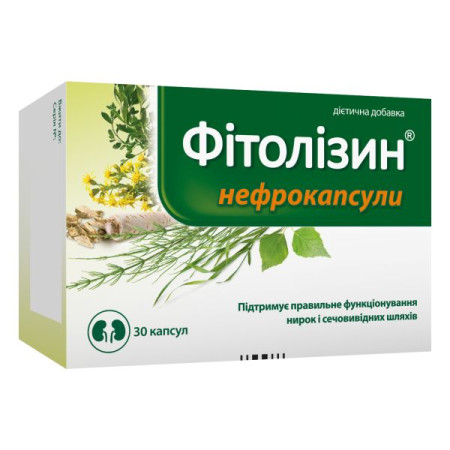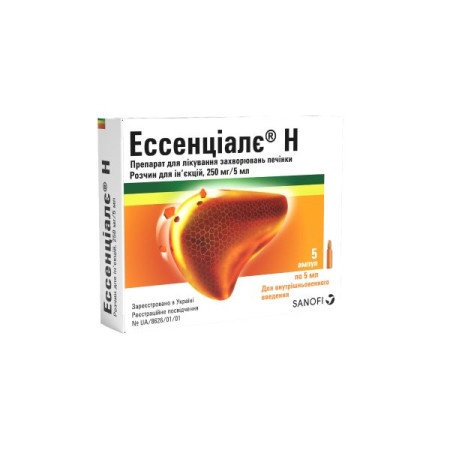Rhinomistin nasal drops 0.5 mg/ml + 0.1 mg/ml bottle with dropper 10 ml

Instructions for use Rhinomistin nasal drops 0.5 mg/ml + 0.1 mg/ml bottle with dropper 10 ml
Composition
active ingredients: xylometazoline, benzyldimethyl [3-(myristoylamino)propyl] ammonium chloride monohydrate;
1 ml of solution contains xylometazoline hydrochloride 0.5 mg, benzyldimethyl [3-(myristoylamino)propyl] ammonium chloride monohydrate (calculated on the anhydrous substance) 0.1 mg;
Excipients: disodium edetate (Trilon B); sodium dihydrogen phosphate dihydrate, sodium hydrogen phosphate dodecahydrate; sorbitol (E 420); purified water.
Dosage form
Nasal drops, solution.
Main physicochemical properties: clear colorless liquid.
Pharmacotherapeutic group
Anti-edematous and other drugs for topical use in diseases of the nasal cavity. Sympathomimetics in combination with other agents.
ATX code R01A B06.
Pharmacological properties
Pharmacodynamics
Xylometazoline is an a-adrenomimetic for topical use, an imidazoline derivative. It causes constriction of the blood vessels of the nasal mucosa, eliminates its hyperemia and edema, and reduces exudation. The action of xylometazoline develops after 10–15 minutes, the effect lasts for 5–6 hours, and vasoconstriction persists for another 8–12 hours.
Benzyldimethyl [3-(myristoylamino)propyl]ammonium chloride monohydrate is an antiseptic from the group of cationic surfactants - detergents. The mechanism of its action is based on direct hydrophobic interaction with lipids of the membranes of microorganisms, resulting in loosening of the membrane, increasing its permeability for high-molecular substances, and disruption of the activity of enzyme systems of the microbial cell, which leads to inhibition of the vital activity of microorganisms and their cytolysis.
Unlike other antiseptics, benzyldimethyl [3-(myristoylamino)propyl] ammonium chloride monohydrate has a high selectivity of action specifically towards microorganisms, with practically no effect on the membranes of human cells. This is due to the different structure of human cell membranes: a significantly longer length of lipid radicals, which sharply limits the possibility of hydrophobic interaction of this active substance with cells.
Benzyldimethyl [3-(myristoylamino)propyl]ammonium chloride monohydrate is active against gram-positive and gram-negative, aerobic and anaerobic, spore-forming and asporogenic bacteria in the form of monocultures and microbial associations, including hospital strains with multidrug resistance to antibiotics.
More effective against gram-positive bacteria (staphylococci, streptococci, etc.), has a detrimental effect on pathogens of sexually transmitted diseases (gonococcus, pale treponema, trichomonas, chlamydia), as well as influenza, herpes, human immunodeficiency viruses and others. It has an antifungal effect (on ascomycetes, dermatophytes, yeasts, yeast-like and other pathogenic fungi). Under its influence, the resistance of microorganisms to antibiotics decreases.
Benzyldimethyl [3-(myristoylamino)propyl] ammonium chloride monohydrate has anti-inflammatory and immunoadjuvant effects, enhances local protective reactions, regenerative processes, and activates nonspecific defense mechanisms due to modulation of cellular and local humoral immune responses.
Rhinomystin® has a balanced pH value, typical for the nasal cavity. Thanks to the optimal composition of the components, the drops do not cause dryness and irritation of the mucous membrane, facilitate the outflow of mucus and do not suppress the epithelial cilia of the nasal passages.
Pharmacokinetics
When applied to the mucous membrane, xylometazoline causes local constriction of blood vessels and is practically not absorbed into the bloodstream, without exhibiting systemic effects.
There is no data on the possibility of penetration of benzyldimethyl [3-(myristoylamino)propyl]ammonium chloride monohydrate into the systemic bloodstream.
Indication
Acute and chronic forms of rhinitis, sinusitis, rhinosinusitis, which are accompanied by nasal congestion and complicated by microbial infection.
Comprehensive therapy of acute otitis media and eustachitis (to restore patency of the Eustachian tube).
Prevention of infectious complications during rhinoscopy and other manipulations in the nasopharynx.
Contraindication
Hypersensitivity to any component of the drug; acute coronary disease, coronary asthma, hyperthyroidism, angle-closure glaucoma; dry rhinitis (rhinitis sicca) or atrophic rhinitis; transsphenoidal hypophysectomy and surgical interventions with exposure of the meninges in history. Use simultaneously with monoamine oxidase inhibitors (MAO) and within 2 weeks after their discontinuation.
Interaction with other medicinal products and other types of interactions
MAO inhibitors: Xylometazoline may potentiate the effects of MAO inhibitors and induce hypertensive crisis. Do not use Xylometazoline in patients who are taking or have taken MAO inhibitors within the last two weeks.
Tri- and tetracyclic antidepressants: with simultaneous use of tri- or tetracyclic antidepressants and sympathomimetic drugs, the sympathomimetic effect of xylometazoline may be enhanced, therefore the simultaneous use of such drugs is not recommended.
β-blockers: when used with β-blockers, may cause bronchospasm or a decrease in blood pressure.
When used simultaneously, the drug may increase the effectiveness of topical antibiotics.
Application features
The vial is intended for individual use - it should not be shared with other people to prevent the possible spread of infection.
It should be used with caution in patients with cardiovascular diseases, arterial hypertension, diabetes mellitus, thyroid diseases, pheochromocytoma, prostatic hypertrophy, and difficulty urinating.
The drug should be prescribed with caution to patients who have severe reactions to adrenergic drugs, manifested as insomnia, dizziness, tremor, cardiac arrhythmia, and increased blood pressure.
Patients with long QT syndrome who use xylometazoline may be at increased risk of serious ventricular arrhythmias.
Do not exceed the recommended dosage and duration of treatment for 7 consecutive days. Prolonged treatment with the drug may cause the opposite effect.
Use in children aged 1 to 12 years is recommended only under adult supervision.
Do not exceed the recommended dose of the drug.
Ability to influence reaction speed when driving vehicles or other mechanisms
The drug usually has no or minimal effect on the ability to drive or operate other machinery.
Use during pregnancy or breastfeeding
The drug should not be used during pregnancy due to its potential vasoconstrictor effect.
There is no evidence of any adverse effects on the infant. It is not known whether xylometazoline passes into breast milk, therefore use during breastfeeding is not recommended.
Fertility
There are no adequate data on the effect of the drug Rhinomystin® on fertility. Since the systemic exposure of the drug is very low, the likelihood of an effect on fertility is extremely low.
Method of administration and doses
Before administering the drug, the nasal cavity should be thoroughly cleaned.
The medicine is used in children aged 1 to 11 years.
Children from 1 to 5 years old are prescribed (under adult supervision) 1–2 drops in each nasal passage 1–2 times a day, but no more than 3 times in each nasal passage per day.
Children aged 6 to 11 years are given (under adult supervision) 2–4 drops in each nasal passage 2–3 times a day.
Apply no more than 3 times in each nasal passage per day.
The duration of treatment depends on the course of the disease, usually 3–5 days and should not exceed 7 consecutive days.
Children
The medicine is not used in children under 1 year of age.
Overdose
Long-term use of the drug may lead to the development of secondary rhinitis resistant to therapy (rhinitis medicamentosa). Significant overdose of the drug or its accidental oral administration, especially by children, may lead to the development of sedation, visual impairment, headache, irritability, cardiac arrhythmia, insomnia, respiratory depression, sometimes - to clouding of consciousness. There is no specific treatment. Appropriate supportive measures should be initiated, symptomatic treatment is indicated under the supervision of a physician.
Adverse reactions
Immune system disorders: hypersensitivity reactions, including angioedema, rash, itching.
From the nervous system: headache.
On the part of the organs of vision: transient visual impairment.
Cardiovascular system: irregular or rapid heartbeat.
On the part of the respiratory system: dryness or discomfort of the nasal mucosa, burning sensation.
On the part of the digestive system: nausea.
General disorders and administration site conditions: burning sensation at the application site.
Expiration date
3 years. Shelf life after opening the bottle is 28 days.
Storage conditions
Store in original packaging at a temperature not exceeding 30 ° C. Freezing is not allowed.
Keep out of reach of children.
Packaging
10 ml in polymer bottles with a dropper. One bottle in a pack.
Vacation category
Without a prescription.
Producer
JSC "Farmak".
Location of the manufacturer and its business address
Ukraine, 04080, Kyiv, Kyrylivska St., 74.
There are no reviews for this product.
There are no reviews for this product, be the first to leave your review.
No questions about this product, be the first and ask your question.


















